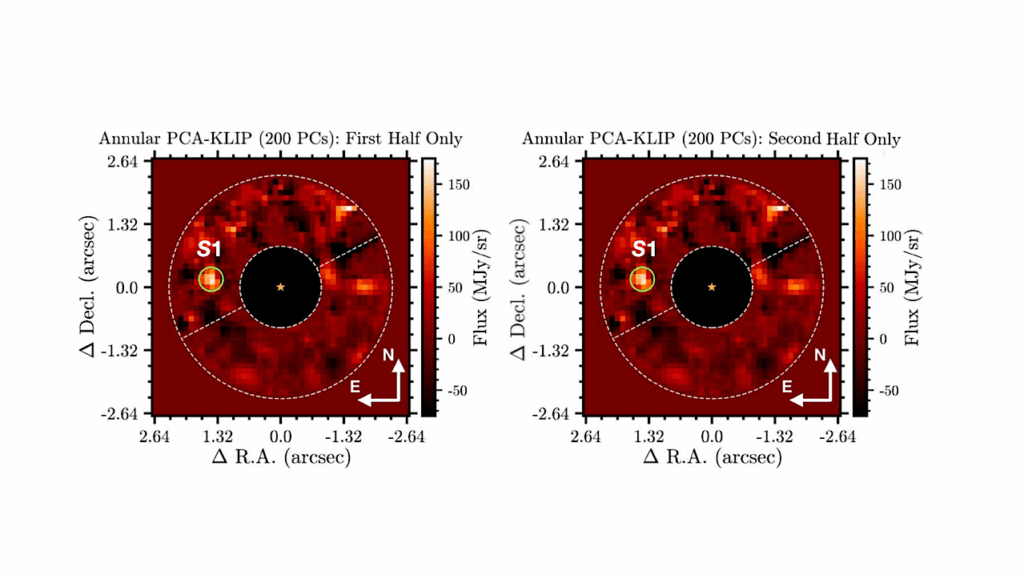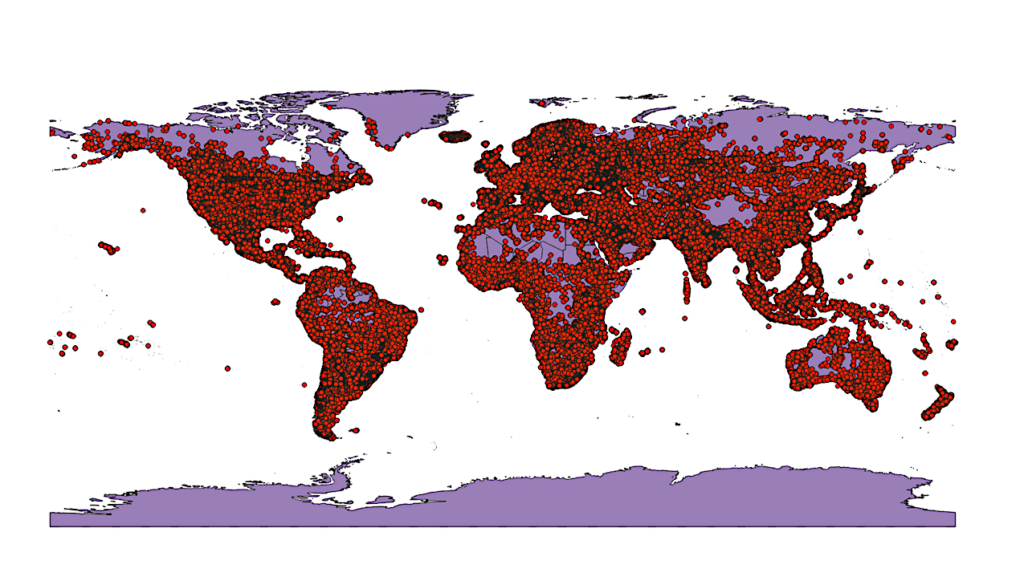Long-Term Stability of Tightly Packed Multi-Planet Systems in Prograde, Coplanar, Circumstellar Orbits within the α Centauri AB System

We perform long-term simulations, up to ten billion years, of closely-spaced configurations of 2 — 6 planets, each as massive as the Earth, traveling on nested orbits about either stellar component in alpha Centauri AB.
The innermost planet initially orbits at either the inner edge of its star’s empirical habitable zone (HZ) or the inner edge of its star’s conservative HZ. Although individual planets on low inclination, low eccentricity, orbits can survive throughout the habitable zones of both stars, perturbations from the companion star require that the minimum spacing of planets in multi-planet systems within the habitable zones of each star must be significantly larger than the spacing of similar multi-planet systems orbiting single stars in order to be long-lived.
The binary companion induces a forced eccentricity upon the orbits of planets in orbit around either star. Planets on appropriately-phased circumstellar orbits with initial eccentricities equal to their forced eccentricities can survive on more closely spaced orbits than those with initially circular orbits, although the required spacing remains higher than for planets orbiting single stars.
A total of up to nine planets on nested prograde orbits can survive for the current age of the system within the empirical HZs of the two stars, with five of these orbiting alpha Centauri B and four orbiting alpha Centauri A.
Billy Quarles, Jack J. Lissauer
(Submitted on 18 Jan 2018)
Comments: 24 pages, 15 figures, 6 tables; accepted for publication in Astronomical Journal
Subjects: Earth and Planetary Astrophysics (astro-ph.EP)
Cite as: arXiv:1801.06131 [astro-ph.EP] (or arXiv:1801.06131v1 [astro-ph.EP] for this version)
Submission history
From: Billy Quarles
[v1] Thu, 18 Jan 2018 17:14:15 GMT (10079kb,D)
https://arxiv.org/abs/1801.06131







